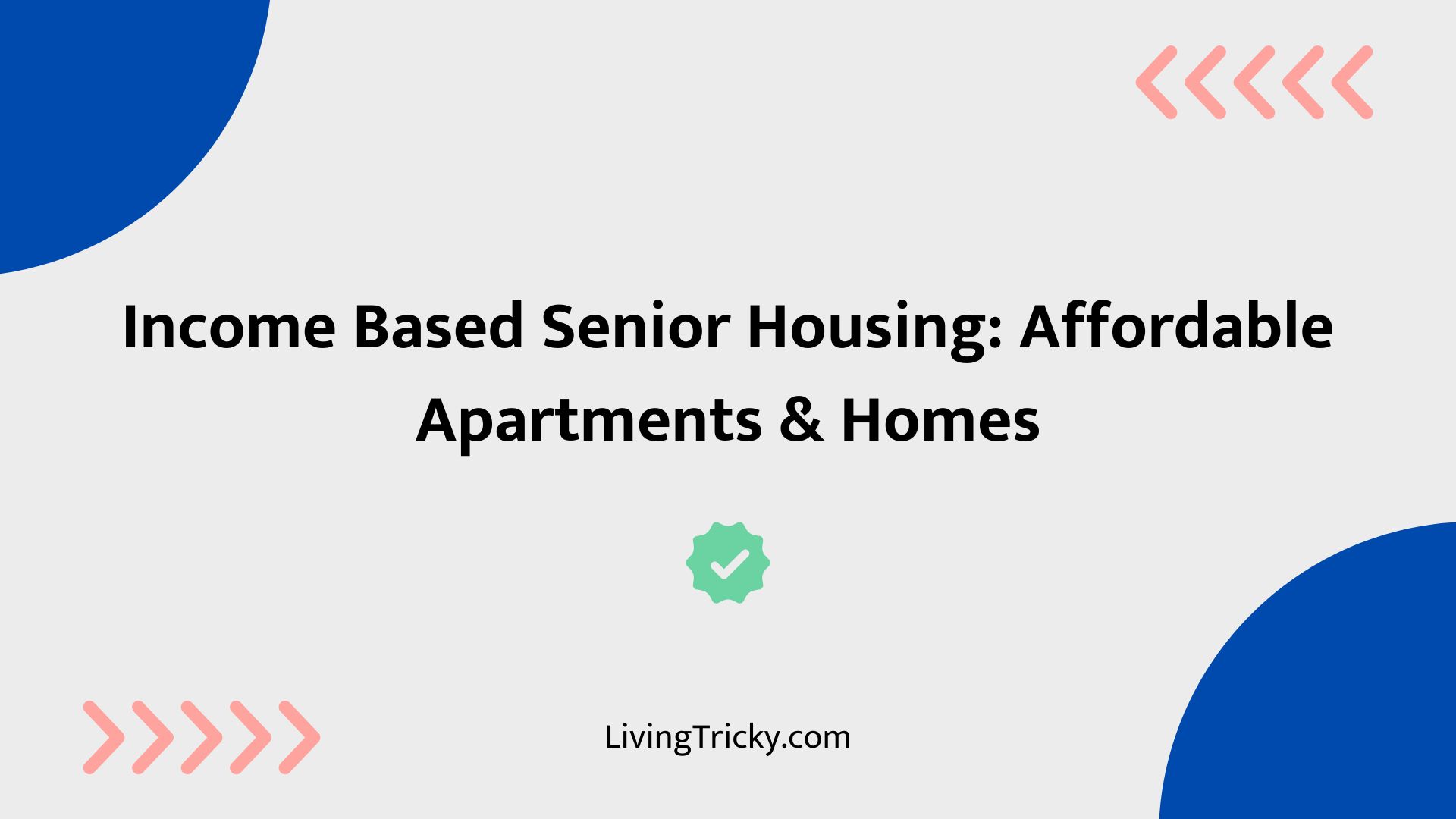As you consider income-based senior housing, it’s clear this option offers pivotal financial relief. By capping rent at 30% of your income, you can afford other essential expenses. Programs like Section 202 and Section 8, alongside organizations such as Volunteers of America, provide subsidized housing options.
These solutions not only offer affordable living but also supportive environments, ensuring seniors can maintain their independence while accessing necessary services. Exploring these options can be a key step forward.

Key Takeaways
- Affordable senior housing limits rent to 30% of income.
- Options include low-income apartments and HUD programs like Section 8.
- Nonprofits provide subsidized housing for seniors.
- Section 202 housing supports independent living for low-income seniors.
- Income-based housing ensures budget for healthcare and living expenses.
What Is Affordable Senior Housing?
Affordable senior housing provides vital support for low-income seniors and those living on a fixed income, allowing them to allocate no more than 30% of their income towards housing costs.
This guarantees they can afford essential living expenses beyond housing. Affordable senior living is tailored to support vulnerable populations, offering a solution to the financial strain many face.
Organizations like Volunteers of America and Mercy Housing play pivotal roles in providing such affordable housing, enhancing access to safe and supportive environments for low-income seniors seeking affordable housing options.
Types of Income-Based Senior Housing Options
- Low-income senior apartments and condos, where rent is capped at 30% of your adjusted gross income.
- Cooperative housing allows you to purchase shares and lease a unit.
- HUD programs, like Section 8 vouchers and Section 202 supportive housing.
- Nonprofit organizations like Volunteers of America and Mercy Housing offer subsidized senior housing.
These choices guarantee and secure accessible and affordable senior living solutions.
How to Find Affordable Senior Housing Near You
Finding affordable senior housing near you requires a strategic approach to navigate available resources and programs tailored for older adults. Start by searching online for “low-income senior housing near me” to identify nearby senior apartments or condos with income-based rent.
Contact the Housing and Urban Development (HUD) agency or local Public Housing Authority to explore government assistance through Section 8 vouchers or Section 202 housing options, which subsidize rent based on income (typically 30% of adjusted earnings) and support independent living.
Nonprofit organizations like Volunteers of America and Mercy Housing also offer affordable senior apartments, often with accessibility features and community services.
For streamlined assistance, utilize online tools like HUD’s housing counselor directory or local 211 services to connect with tailored programs and reduce waitlist delays.
Prioritize applying early, as demand often exceeds availability, and ensure eligibility by verifying income limits (usually below 50% of area median income) and required documentation.
Paying for Income-Based Senior Housing
Traversing the financial landscape of income-based senior housing requires a careful balance of resources and strategic planning.
You can utilize tools like long-term care insurance and government programs to alleviate costs.
Consider these strategies:
- Long-term care insurance can cover future care needs.
- Social Security benefits help manage monthly expenses.
- Health care assistance programs support medical costs.
- Section 8 Housing Vouchers reduce housing expenses.
Benefits of Income-Based Senior Living
After securing financial support through various resources, you can enjoy the numerous benefits that income-based senior housing offers.
These communities, often supported by the Department of Housing, provide peace of mind by capping rent at 30% of your income, freeing resources for healthcare and daily living.
Income-based senior living boosts your quality of life with maintenance-free living and social opportunities, helping you maintain independence.
Frequently Asked Questions
How Does Income-Based Senior Housing Work?
You navigate rent subsidies through housing applications, prioritizing senior needs. Your rent is capped at 30% of your income, ensuring affordability. Senior prioritization streamlines the process, helping you secure subsidized housing through efficient applications.
What Is the Maximum Income for Low-Income Housing?
You’re searching for income ceilings that are a thousand times more complex than you thought Your household’s financial thresholds determine eligibility, with income limits generally set at 50-80% of the area median income (AMI).
Does Medicare Pay for Senior Housing?
You might investigate housing subsidies and senior discounts, but Medicare benefits typically don’t cover senior housing costs, focusing instead on medical expenses. Other programs can provide necessary financial relief.
What Is the Cheapest Way for a Senior to Live?
You can investigate the cheapest living options by moving into retirement villages or senior apartments with shared costs, or opting for homesharing to reduce expenses compared to assisted living costs.
Conclusion
By embracing income-based senior housing, you’re not just finding a home; you’re weaving a safety net that wraps around your finances. This housing guarantees you spend no more than 30% of your income on rent, allowing you to breathe easier. It’s a lifeline for low-income seniors, providing stability amidst financial tides. With options like subsidized apartments and cooperative housing, you can navigate your golden years with peace of mind.